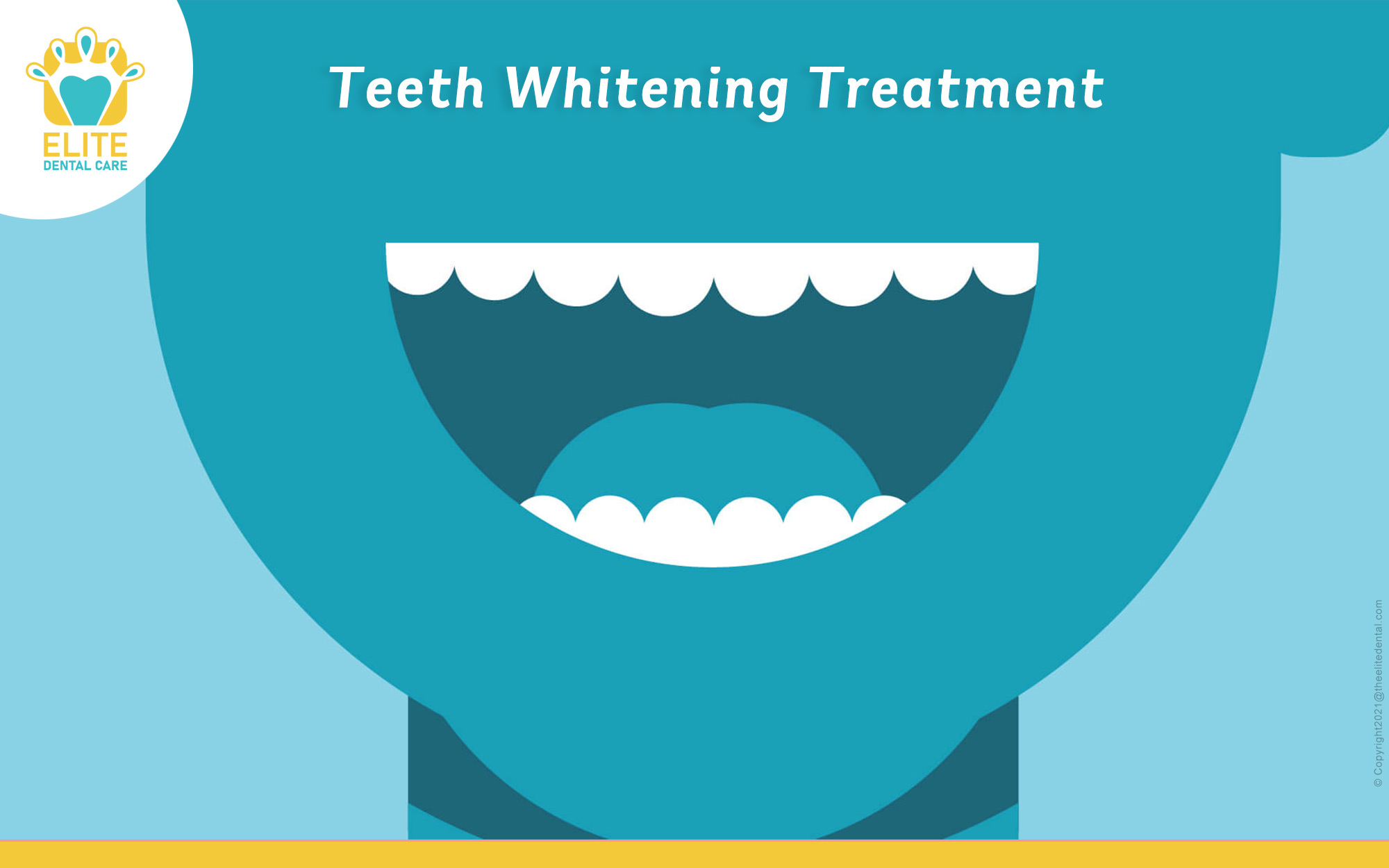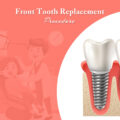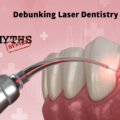
dental carehygiene tipsoral healthTeeth Whitening
edental
3 February 2022
Teeth Whitening Treatment
Whatever you love about coffee or red wine, they don’t always love you back, especially when it comes to keeping your white teeth. Whitening is just a method of removing stored stain pigment.
Noshing on high-fiber fruits and vegetables (like apples, celery, and carrots) on a daily basis can assist to clean your teeth and minimize discoloration. Drinking coffee using a straw is also an option.
Teeth whitening is frequently an effective, safe, and efficient way to improve your smile. However, there are other factors to take into account, which include expense, lifestyle choices, and whether a thorough in-office procedure or a tailored take-home-tray is the preferable option.
Techniques of Whitening
The two most common tooth whitening solutions are hydrogen peroxide and carbamide peroxide. Unlike whitening toothpaste, which involves abrasives to manually wash away surface-level discoloration, the oxygen molecules in these whitening chemicals weaken your teeth stains on a molecular level.
A type of peroxide is also used in several over-the-counter whitening strips, kits, and pens. The chemical amount is what distinguishes them from professional tooth whitening.
Dentists use a high amount of hydrogen peroxide in the clinic because they have the opportunity to shield the teeth. They employ a specific silicone dam to safeguard the patient’s gums since peroxide will burn them if it gets on them.
Professional teeth whitening procedures, like at-home whitening kits, come in a number of varieties. Professional whitening in a clinic is a faster, although much more expensive, approach to brighten your white teeth. In terms of treatment duration and expense, bespoke take-home trays sit midway between in clinic professional whitening and over-the-counter whitening.
Teeth Whitening at a Clinic
Expert teeth whitening treatments in clinics are normally conducted in a series of brief sessions, however this can vary depending on your specific needs. A whitening chemical is applied for 15 to 30 minutes at a time, and the complete procedure should take no more than an hour and a half.
There are several types of in clinic whitening procedures available:
A syringe is used to apply a highly concentrated hydrogen peroxide gel.
A mixture of hydrogen peroxide combined with a high-intensity source of light like LED, UV, or halogen. A light or laser instrument that sits right outside of your mouth is used to apply the light.
According to a study, halogen plus laser light improved tooth whitening more than hydrogen peroxide alone. Conversely, other research demonstrates that using a light equipment such as a laser or led over a whitening gel alone has little advantage.
What to Expect During a Teeth Whitening Clinic Appointment?
In-clinic whitening usually consists of multiple steps:
- A tooth shade chart will be used by your dentist to identify the current shade of your teeth. You’ll talk about how many shades whiter your smile may be after whitening.
- Your dentist would then use a polishing tool to clean your teeth and eliminate any remaining plaque.
- The whitening solution is then applied by your dentist and left on for close to an hour. If light activation is essential in your treatment, your dentist will use it at that time.
- If the whitening solution requires more applications, your dentist will reapply it.
- When the whitening treatment is done, your mouth is cleansed. Fluoride may be used by your dentist to assist alleviate any probable sensitivity.
- You and your dentist will talk about whether your teeth have attained the appropriate shade and what lifestyle routines you’ll have to follow for the following day or so to allow the whitening agent to work. Which includes eliminating vibrantly colored foods and refraining from caffeine and red wine. Your teeth are dried soon after whitening, making them more prone to drink and food stains.
Even though you follow your dentist’s advice and avoid colorful meals, caffeine, and alcohol, your teeth may seem somewhat darker a few days post whitening. But don’t give up. Because of the dehydration generated by teeth whitening, they seem instantly brilliant following your treatment. If your teeth aren’t the color you want after a week, talk to your dentist about whether you can lighten them using at-home remedies or extra in-clinic visits.
Trays for Taking Home
While in clinic whitening is quick, tailored take-home trays necessitate some effort on the patient’s side. If your dentist feels your smile is susceptible to obtaining new stains later, they may be your only treatment or a follow-up treatment to in clinic whitening treatment.
Your dentist will produce an imprint of your teeth for a made – to – order tray using a professional take-home-tray. Because this tray is custom-made to match the contour of your mouth, it will often provide more extensive whitening effects than over-the-counter trays. Instead of a hydrogen peroxide-based gel, you’ll most likely receive a carbamide peroxide-based gel to use at home. Even though it does not whiten as quickly as a hydrogen peroxide-based gel, it is less likely to irritate your gums, cheeks, or tongue if it gets on them.
Things to Speak with Your Dentist About Pre-Whitening
Several factors influence whether your whitening outcomes match the gleaming smile you desire. For example, whitening agents are unable of penetrating plaque and accumulate. In addition, whitening a tooth with a cavity or uncovered roots may cause discomfort and sensitivity. Prior to in-clinic whitening, an examination and expert cleaning are required.
Lastly, your dentist can examine any places of your teeth where the whitening chemical may be unable to reach, such as:
- Previous dental treatment, such as a porcelain tooth or a cemented region.
- Injury that affected your tooth’s inner surface, or dentin, to discolor.
- Fluoride overexposure zones
- Antibiotic tetracycline exposure during tooth development.
Is ‘teeth whitening’ a good idea?
The most significant advantage of tooth whitening is that a person who hides his teeth while smiling begins to start laughing, which boosts the individual’s self-esteem. The entire standard of living is enhanced. Furthermore, because this procedure may correct discoloration caused by the ageing process, it can give you a youthful and energetic appearance.




